|
Di seguito tutti gli interventi pubblicati sul sito, in ordine cronologico.
Historians consider the papal bull Unam sanctam - which proclaimed that there is no salvation outside of the Church - to be one of the most extreme statements of papal spiritual supremacy ever made.

It stemmed from Pope Boniface VIII's ongoing feud with Philip the Fair of France over Philip's taxation of clerics without papal consent.
Unam sanctam thus emphasized that Catholic princes are subject to the pope in temporal and religious matters.
Pope Boniface VIII Issues Unam Sanctam in 1302. How did Philip respond to the bull?
Although guillotine-like apparatuses were used for executions in several European countries before France adopted it as its only legal method of execution during the French Revolution, the beheading machine is most commonly associated with this period in French history and is in fact named for the physician who was instrumental in having the National Assembly adopt it as France's preferred method of capital punishment, Joseph-Ignace Guillotin.

When was the last execution by guillotine in France?
Turismo Associati has on it's You Tube account (LINK HERE) many controversial videos. One of these, named: John F. Kennedy: The Speech About Secret Societies That Assassinated Him, subtitled in italian: Discorso: John F. Kennedy e le societá segrete and in romanian with the name: Discursul lui John F. Kennedy despre societatile secrete.
It's all about the famous speech made by John Fitzgerald Kennedy on 27 of april 1961 about the secret societies and their conspiring that killed JFK. HERE IS A LINK if you want to read more about the subject.
The truth is, since May 19, 2014, less then six months ago, these three videos - made with audio from the public domain (the registration of a public speech made by the United States President J.F.K. - were systematically trolled and censured from YouTube view and Google Adsense monetization. All of them!

Let me tell you about the last problem for the italian version. We've received, yet again, another Copyright Notice.
Here are the details:
1st copyright details:
"Vendetta Kingz-Foundation Of Kingz", sound recording administered by: 0:03
The Orchard Music - Claim released.
2nd copyright details:
"Stray From The Path-Landmines", sound recording administered by: 0:05
WMG - Claim released.
3rd copyright details:
"Movus-Explosión", sound recording administered by: 0:01
SME - Your appeal is awaiting response by December 5th, 2014
As you can all find, with a simple Google search, most of the claims are installed on behalf of unknown and obscure music labels or bands with songs with lyrics like, in the case of Stray From The Path - Landmines: "But you can see me die trying, never scared of being poor/ Never bent for the rich, never gave a s**t/ When will you listen to this? You sorry son of a... Ah f**k it"...
Who has the interest on censuring this important message left by one of the most appreciated president of the U.S.?
Just think outside your box!
Arturo Find for Turismo Associati . it
Hemp seeds are one of the most wholesome and nutritious foods available today. Despite being closely related to the cannabis plant, hemp seeds have become widely popular as a health food in recent years.
The list of reasons to eat hemp seeds is vast, ranging from antioxidant and anti-aging properties to the prevention of heart disease and diabetes. Hemp seeds also contain all 10 essential amino acids, making them an ideal source of protein for vegetarians and meat eaters alike.
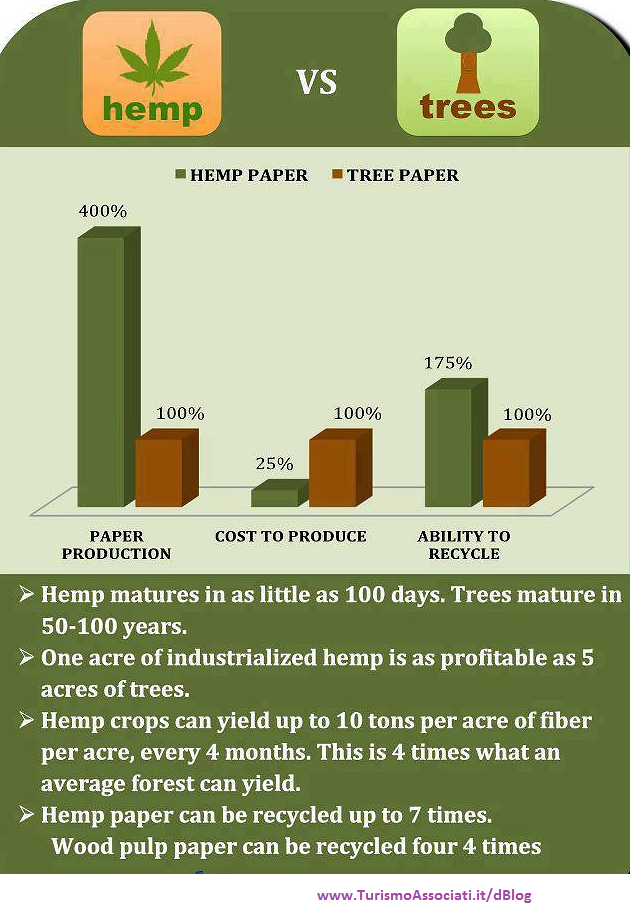
Hemp seeds usually come pre-shelled and appear small and round. When eaten raw, they have a mild nutty flavor that makes a pleasant addition to almost any recipe.
Interested in adding hemp seeds to your diet? Here are a few ideas to get you started.
Salads
Raw hemp seeds can provide a great nutritional boost to any salad. Sprinkle a few tablespoons of hemp seeds on top of your favorite spring mix and enjoy.
Smoothies
Another easy way to get the benefits of hemp seeds is to blend them into your smoothie. Just a tablespoon of hemp seed can make your smoothie extra nutritious without affecting the flavor.
Hemp seeds can also be ground up and mixed with water alone to make hemp milk.
Baked Goods
Add a handful of hemp seeds to the batter of any baked good such as muffins, cookies and breads. Due to their naturally nutty flavor, hemp seeds can also be used as a substitute in recipes that call for other types of nuts.
Hemp Oil
The oil made by cold-pressing hemp seeds offers even more versatility for those looking to enjoy the benefits of hemp. Hemp seed oil can be bought at most health-food stores and makes a great addition to salads, sauces and dips.
Be careful with adding hemp oil to warm dishes, though. Because of the low stability of the unsaturated fats in hemp oil, cooking with it is not recommended.
Source: LeafScience
As the debate over legalizing marijuana heats up, many continue to dispute the value of marijuana as a treatment for various ailments. But, as the following facts show, history tells a much clearer story.
1. The earliest record of medical marijuana comes from ancient China.
In 2737 BC, Chinese Emperor Shennong wrote a book on medicine that included cannabis as a treatment for many conditions. According to ancient Chinese texts, cannabis was thought to be helpful for constipation, gout, rheumatism and absent-mindedness.
Interestingly, Shennong was not only an emperor but a pharmacologist as well. He was said to have tried hundreds of herbs on himself in order to test their medical value.
2. Ancient Egyptians were the first to use cannabis as a treatment for tumors.
The 2nd century Fayyum Medical Papyrus, an ancient Egyptian text, is believed to contain the earliest record of cannabis as an ingredient in cancer medicine.

While little is known about the successes of ancient Egyptian cancer treatments, cannabis continues to receive significant interest as a cancer therapy today.
3. Cannabis was used as a veterinary medicine in ancient Greece.
The ancient Greeks used cannabis to dress wounds and sores on their horses after battle. The plant was also given to humans for a variety of ailments, including ear pain and inflammation.
Interestingly, the practice of medical cannabis is believed to have spread to Arabic countries from ancient Greece.
4. Medical marijuana was introduced to Western medicine in the mid-1800s.
Label of 19th century cannabis extract made by Eli Lilly (Photo: Wikimedia Commons)
In the 1830s, an Irish physician by the name of William Brooke O'Shaughnessy observed the use of medical marijuana during a trip to India.
After studying its effects, he introduced cannabis to physicians in England as a treatment for a wide range of conditions, including muscle spasms, rheumatism, epilepsy and pain. As early reports of its effectiveness were published, the popularity of cannabis-based medicines quickly spread across Europe and North America.
5. The name 'indica' refers to Indian cannabis.
The name Cannabis indica was originally thought up by a French biologist in 1785. Jean-Baptiste Lamarck was also visiting India when he observed a difference between locally-grown cannabis and its European cousin, the hemp plant.
European hemp was mostly used for agricultural purposes and was known at the time as Cannabis sativa. Lamarck decided to classify the Indian species separately, giving it the name Cannabis indica.
6. Cannabis was listed in the United States Pharmacopeia from 1851 until 1941.
The United States Pharmacopeia (USP) provides a list of acceptable medical products each year, and cannabis was recognized in many of its earliest editions. But while cannabis preparations were widely prescribed in the late 1800s, they began to be replaced by synthetic drugs during the 20th century.
Leading up to and following the passage of the 1937 Marihuana Tax Act, prescribing cannabis became increasingly difficult and its once-prominent role in Western medicine was soon forgotten. Cannabis was removed from the USP in 1942 and has never appeared since.
Source: LeafScience
Many people who use marijuana say that it helps relieve anxiety. On the other hand, there are just as many who report feeling more anxious after using marijuana. Although the exact details remain a mystery, a possible explanation may lie in the specific chemical make-up of cannabis.
As most marijuana users are aware, not all cannabis is the same. There are a wide range of strains available, and many are believed to have unique effects on their user.
What makes strains unique from one another is their active ingredients, also known as cannabinoids. Although clinical research is lacking, knowing the differences between strains and how they affect anxiety can be helpful.
THC vs. CBD
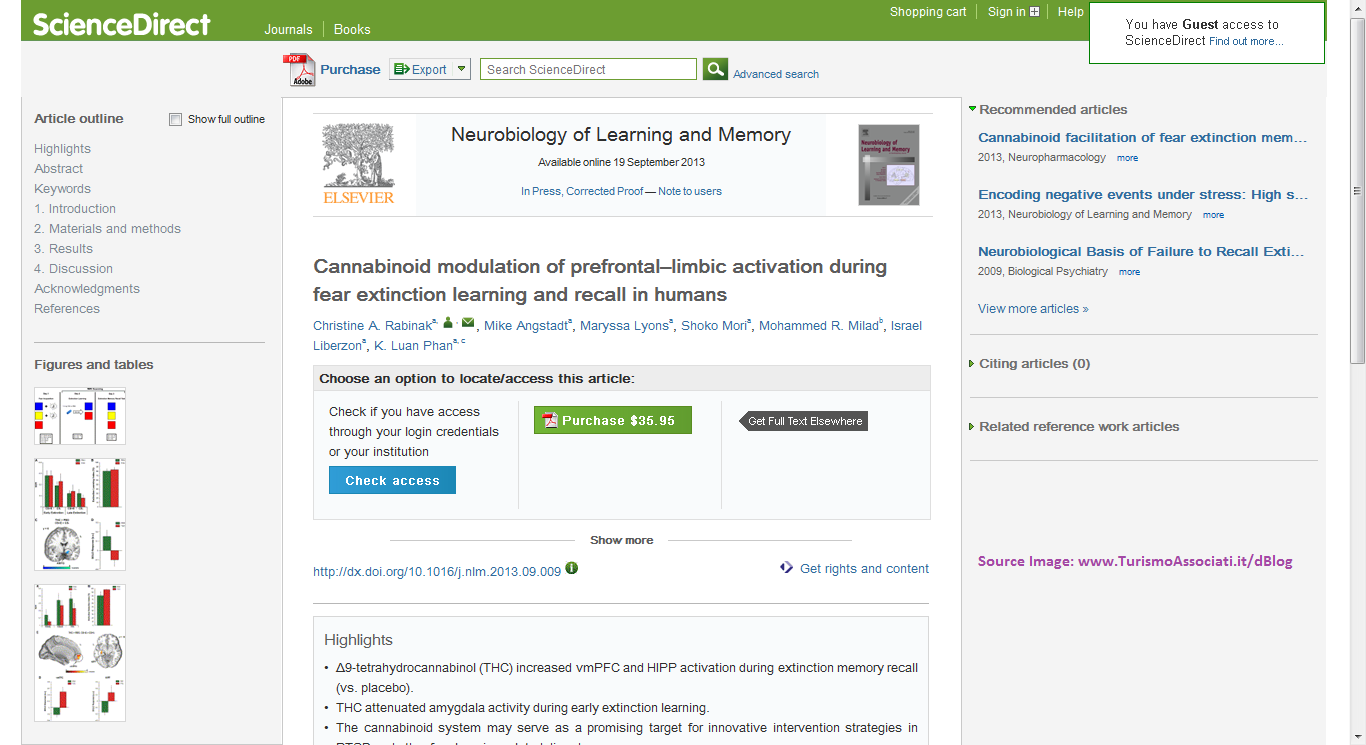
The two most common chemicals in cannabis are THC and CBD. Although most strains contain both compounds, levels of THC and CBD tend to vary from strain to strain. Interestingly, research shows that THC and CBD can have opposite effects on anxiety.
THC is responsible for the marijuana high and is also strongly linked to feelings of paranoia, especially when taken in high doses. This is because THC activates an area of the brain responsible for fear — the amygdala.
CBD, on the other hand, is believed to counteract the mind-altering effects of THC. What's more, studies have shown that when taken on its own CBD can lower anxiety in both healthy and anxiety-prone individuals.
Types of Cannabis
The reason why marijuana is often associated with anxiety may be because most plants are bred to be rich in THC. The way CBD and THC are produced within the plant causes strains with high THC to have less CBD (and vice versa).
High CBD strains have only recently become popular, due in part to growing awareness of the compound's medical effects. As a result, there's a strong chance that any marijuana you obtain will have more THC than CBD.
Other components in cannabis may also contribute to its effect on anxiety. Besides THC and CBD, cannabis contains over 60 different cannabinoids along with a variety of aromatic compounds known as terpenes.
Certain terpenes in cannabis have been found to possess anti-anxiety properties. Still, most of these chemicals are only present in trace amounts and little is known about their overall impact on marijuana users.
Avoiding Anxiety
Overcoming anxiety from cannabis could be as simple as reducing the amount of THC that you ingest. In fact, some studies suggest that THC at low doses can have an anti-anxiety effect.
Research conducted in animals shows that THC begins to raise anxiety levels only after a certain threshold is passed. Although it's hard to predict what your threshold might be, people who use cannabis frequently tend to have a higher threshold. This is because of the desensitization to marijuana, or tolerance, that develops.
For those specifically looking to treat anxiety disorders with cannabis, the best bet may be to find strains with high CBD content. A breakdown of a strain's THC and CBD content is often provided where the sale of cannabis is regulated.
Source: LeafScience
Just over half of rheumatology specialists believe cannabis or cannabis-based medicines can help in the treatment of rheumatic conditions like arthritis, according to a survey by the Canadian Rheumatology Association.
The results were published last month in the journal BMC Musculoskeletal Disorders.
Of the 128 doctors that responded to the survey, 55% thought there was a role for cannabis or cannabinoids in treating rheumatic conditions. 45% said there was no role.
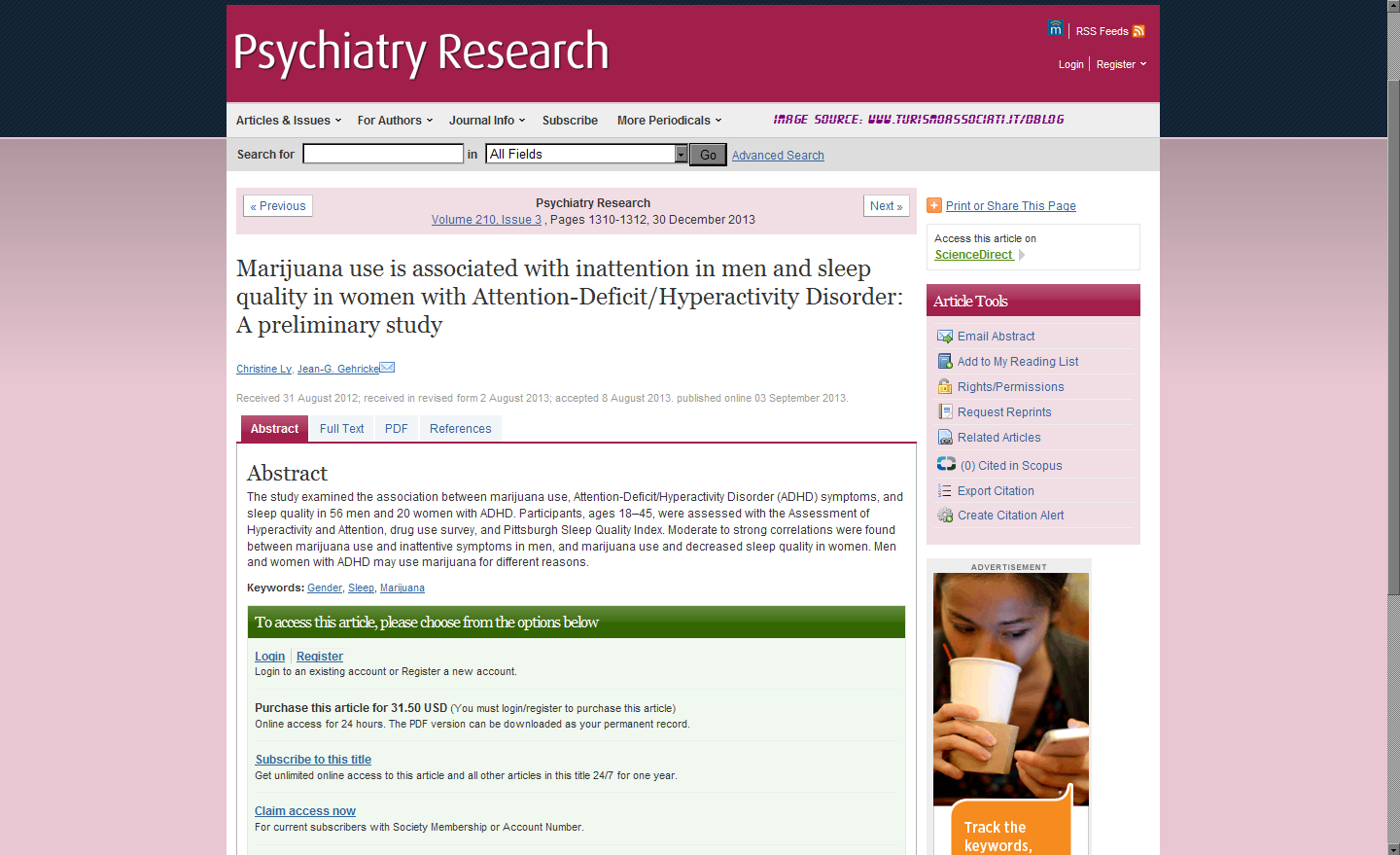
Despite the divide in opinion, the vast majority of respondents said they were unsure of how to prescribe cannabis.
Over 75% of respondents said they lacked confidence in their "current knowledge of the endocannabinoid system in health and disease." What's more, 90% of respondents said they would not feel confident writing a prescription that included dosing, frequency and method of administration.
Those that did feel confident recommending a dose offered 0.5-3 grams/day as a starting dose. A single dose per day was the most commonly recommended treatment schedule, with others suggesting 2-3 doses per day.
The lack of confidence among rheumatologists is concerning, conclude the authors of the survey, considering the widespread use of marijuana by patients with arthritis.
In 2013, federal data showed that more than half of Health Canada's 30,000 registered cannabis patients were using it to treat severe arthritis. Medical marijuana has been legal in Canada since 2001.
The authors conclude that the absence of human studies is likely a major factor in the lack of acceptance towards cannabis.
A survey by WebMD/Medscape earlier this year found a similar level of support (54%) for medical marijuana among rheumatology specialists in the U.S.
Source: LeafScience
While prescription painkillers cause thousands of overdose deaths each year, no one has ever died from a marijuana overdose.
But is it even possible to overdose on weed? The answer is no, according to the National Cancer Institute. And here's why:
"Because cannabinoid receptors, unlike opioid receptors, are not located in the brainstem areas controlling respiration, lethal overdoses from Cannabis and cannabinoids do not occur."
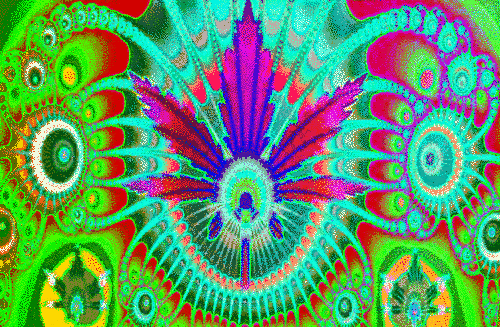
In other words, marijuana and opioids affect different pathways of the body. Opioid pathways, also known as receptors, are present in areas of the brain that control breathing. As a result, taking too many painkillers can cause a person to stop breathing.
But marijuana acts on a completely different set of pathways. These pathways are called cannabinoid receptors and they do not affect respiration. Thus, marijuana cannot cause someone to stop breathing, no matter how much they ingest.
Therapeutic Index
Another way of measuring a drug's safety is by its therapeutic index. The therapeutic index is the ratio between a drug's lethal dose and its therapeutic dose (amount that causes a therapeutic effect).
Studies show that marijuana has a therapeutic index of 40,000:1. This means someone would have to take 40,000 times the normal amount of marijuana in order to die.
Opioid-based painkillers have much lower therapeutic indexes. For example, the therapeutic index of morphine is only 70:1.
Taking Too Much
It may be impossible to die by marijuana overdose, but that doesn't mean you can't take too much of it.
As Dr. Sunil Aggarwal explains in the following video, large doses of marijuana can lead to negative symptoms, such as acute psychosis and paranoia.
This occurs more often in novice users who are unfamiliar with dosing. Taking marijuana orally also poses a greater risk, since the effects are delayed and thus harder to predict.
But with all that said, the negative symptoms of a marijuana overdose are only temporary and should wear off within 24 hours. Unlike other drugs, taking too much marijuana won't cost you your life.
Source: LeafScience
According to the World Health Organization, marijuana is the most popular recreational drug worldwide. However, unlike many other recreational drugs, marijuana is widely used as a medicine as well.
This fact, along with marijuana's legal status, has led to much confusion over the differences between medical marijuana and recreational marijuana.
If you're feeling a bit puzzled yourself, here are a few things to consider.
1. The earliest use of marijuana was in medicine.
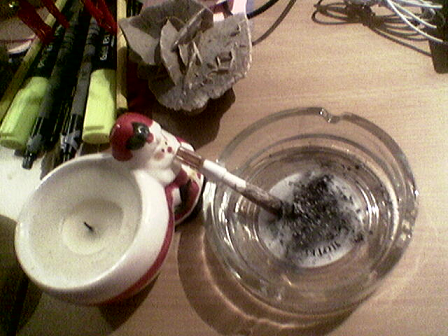
Critics often argue that marijuana's medical benefits are exaggerated by people who just want to use it for fun. But this is far from the truth.
In fact, the earliest records of marijuana come from ancient Chinese and Indian medical texts, in which the plant was described as a medicine with many uses. Some of these uses, such as arthritis and pain management, represent the most common conditions that marijuana is prescribed for today.
Likewise, recent surveys show that a majority of doctors believe cannabis still has a place in modern medicine.
2. Some types of marijuana can get you high.
It's true that marijuana is often used to get high, which is why it is labeled a recreational drug. The high is caused by a single chemical in marijuana known as tetrahydrocannabinol (THC).
THC acts on different parts of the brain to create a feeling of euphoria or pleasure. THC also stimulates appetite and sleep, and is known to enhance certain sensations such as smell, taste and temperature.
Over the past few decades, THC levels in marijuana have skyrocketed due to demand from recreational users.
But while ingesting THC may be fun for some users, experts believe the high can have medical benefit as well. For instance, euphoria may be a desirable effect for patients undergoing palliative care or for those who suffer from chronic pain.
3. Other types of marijuana cannot.
Contrary to popular belief, not all types of marijuana are psychoactive. In other words, some types of cannabis simply won't get you high, no matter how much of it you ingest.
These varieties of cannabis contain small amounts of THC. But they are usually rich in a different chemical called cannabidiol (CBD).
Due to its inability to get users high, CBD has received a lot of attention as a medicine. For example, CBD-rich cannabis is thought to be more useful in certain situations, such as when being administered to children.
Studies show that CBD-rich cannabis may have unique medical benefits as well. Recently, CBD-rich cannabis has been studied as a treatment for schizophrenia and rare forms of epilepsy.
4. Recreational use may be a sign of something else.
Recreational drug use continues to be a subject of debate among health professionals and policymakers alike. To this day, many can't agree whether drug use should be treated as a crime or a health problem.
But when it comes to an individual's use of drugs — whether legal or illicit — it's important to be aware of something called self-medication. Self-medication happens when someone uses a drug for therapeutic purposes without professional supervision.
People who self-medicate are often unaware that their substance use is linked to an underlying medical condition. In the case of marijuana, this could be anything among a long list of disorders, including less obvious conditions like insomnia or depression. These individuals may view their drug use as recreational rather than medical.
Since marijuana remains prohibited in many countries around the world, marijuana is often used without the consent or knowledge of a doctor. This only raises the chance that someone may be self-medicating with marijuana.
Overall, without wider acceptance of marijuana, separating medical use from recreational will likely remain a difficult task.
Source: LeafScience
Marijuana, unlike most modern day medicine, contains a wide range of chemical compounds. Scientists have identified over 60 unique molecules in cannabis known as cannabinoids, which include THC and CBD. Many other non-cannabinoid compounds are produced by the plant that also have regulatory effects.
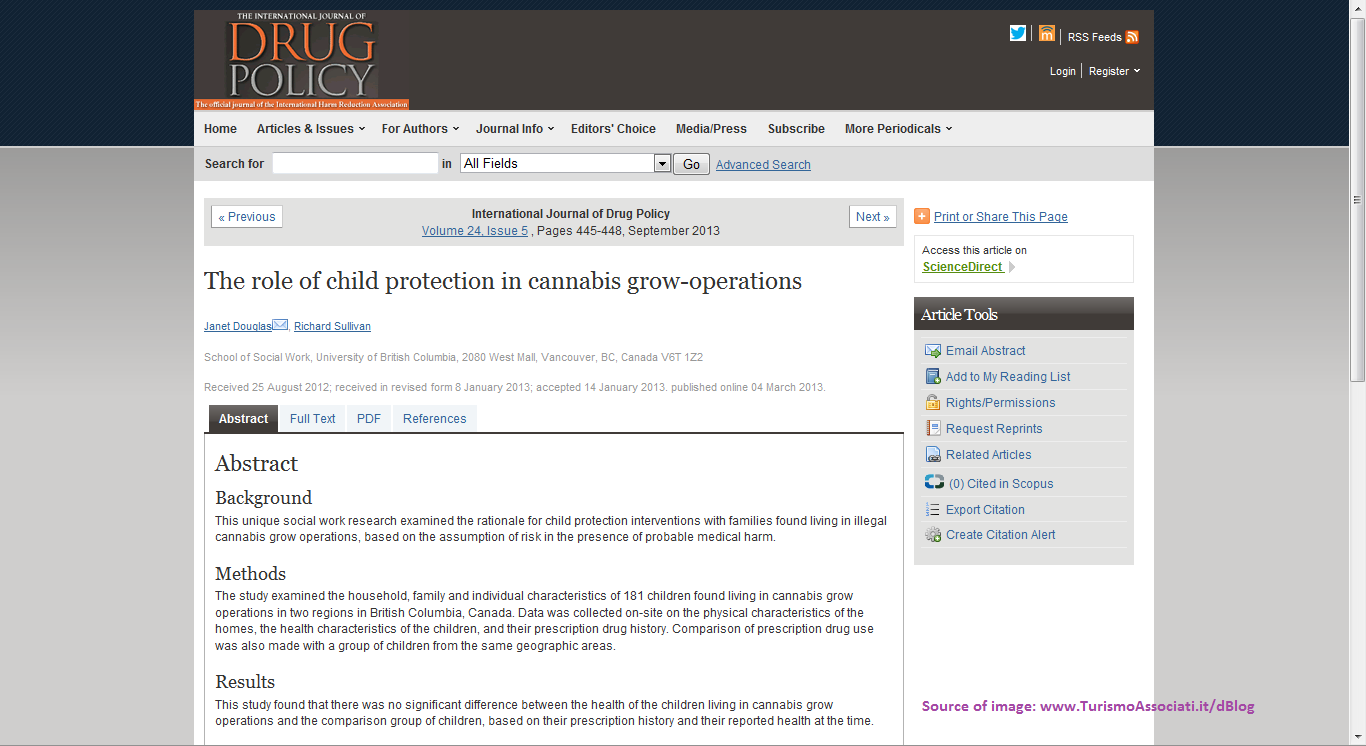
For example, terpenes, the molecules responsible for marijuana's smell, have been shown to block some cannabinoid receptor sites in the brain while promoting cannabinoid binding in others. As a result, terpenes are believed to affect many aspects of how the brain takes in THC or CBD, while offering various therapeutic benefits of their own.
In fact, while THC has gotten most of the attention, studies suggest many of the compounds in marijuana work together to produce a synergy of effects. This is known as the 'entourage effect.'
Understanding Strains
Marijuana comes in thousands of different varieties, or strains. Different marijuana strains have vastly different chemical profiles that cause different experiences in the same person.
This explains why sometimes marijuana can make a person feel calm, while other times it can make that same person feel anxious or paranoid.
The chemical components of marijuana include, but are not limited to, terpenes, ketones, esters, lactones, alcohols, fatty acids, and steroids. The effects of all these chemicals working together and regulating each other will be much different than the effects of any one chemical working alone.
In other words, marijuana is made up of thousands of different chemicals that work together to produce some general effect. Change the recipe and you change the effect.
The Entourage Effect — An Example
One of the starkest examples of the entourage effect was a British study that gave patients pure THC intravenously one day, and then a mixture of THC and CBD intravenously a week later.
Nicky Taylor, the host of the BBC documentary "Should I Smoke Dope?," participated in the study and filmed it for the world to see:
Although she kept referring to cannabidiol (CBD) inaccurately as "cannabinoid," the end result was so illustrative of the entourage effect that it's hard to be too annoyed.
In the video, she reported feeling horrible with just THC, "like being at a funeral." Yet with the THC/CBD mixture, she was unable to contain her laughter throughout the session. THC and CBD appeared to interact somehow, which has been shown by other studies as well.
Incidentally, she was kept blind to which cannabinoid mixture she was given.
Marinol vs. Marijuana
Marinol is a prescription drug that contains pure synthetic THC. Marinol was approved by the FDA in 1985 for treating the side effects of chemotherapy. However, many doctors and patients have come to find Marinol a poor substitute for cannabis.
This is most likely related to marijuana's entourage effect, as CNN's Dr. Sanjay Gupta explains:
"When the drug became available in the mid-1980s, scientists thought it would have the same effect as the whole cannabis plant. But it soon became clear that most patients preferred using the whole plant to taking Marinol.
Researchers began to realize that other components, such as CBD, might have a larger role than previously realized."
In fact, the 'entourage effect' was a term coined by Dr. Ethan Russo, who, in 2011, published a paper in the British Journal of Pharmacology describing the synergistic contributions of other compounds in cannabis.
Scientists like Dr. Russo are now using whole cannabis to develop pharmaceuticals such as Sativex, in order to include the benefits of marijuana's many compounds and their entourage effect.
Source: LeafScience
|